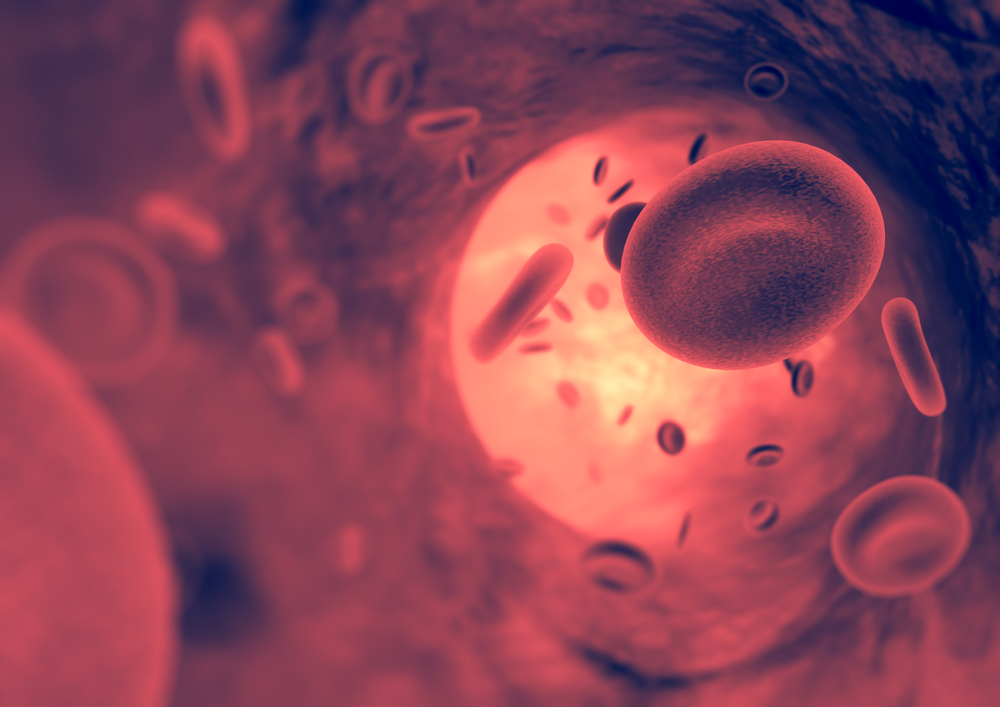PAH Researchers Identify Potential New Therapeutic Target

A molecule called PHD2 in the cells lining blood vessels in the lungs protects mice from the blood vessel remodeling leading to pulmonary arterial hypertension (PAH), as removal of the factor triggered numerous changes linked to the condition.
The findings suggest that PHD2 is a factor that is downstream of many of the changes researchers know that occur in PAH, suggesting that its molecular pathway should be explored as a potential treatment target in PAH.
The study, “Loss of prolyl hydroxylase domain protein 2 in vascular endothelium increases pericyte coverage and promotes pulmonary arterial remodeling,” was published in the journal Oncotarget.
PHDs, or prolyl hydroxylase domain proteins, are molecules capable of sensing oxygen in the endothelial cells lining blood vessels in the lung. Earlier studies have shown that one of these proteins, PHD2, controls a factor called HIF-2 alpha known to be crucial in the development of lung hypertension.
A research team at the University of Mississippi Medical Center previously demonstrated that removing the gene for PHD2 from mice increased the number of cells called pericytes (contractile cells that wrap around endothelial cells of capillaries and venules ) on lung blood vessels. The study also showed that HIF-2 alpha mediated the change.
To better understand how the removal of PHD2 activates HIF-2 alpha and to identify other factors involved in the process leading to lung hypertension, the research team engineered mice that lacked PHD2 only in the endothelial cells.
These mice were found to have increased pressure in the right ventricle of the heart and lung arteries. Researchers also noted that lung blood vessels were surrounded by more smooth muscle cells than normal, and the walls of the vessels were thicker than in healthy mice.
Molecular analysis showed that the lack of PHD2 changed the levels of many other molecules that have been linked to PAH in earlier studies. A lack of the factor also increased the presence of pericytes. This cell type is a normal component of blood vessels, and pericytes can turn into smooth muscle cells, adding to the ability of vessels to contract. But in PAH, increased numbers of the cells make vessels too small, increasing the pressure.
The increase in pericytes was linked to higher levels of a molecule called TGF-beta (β), which, in addition to PAH is also involved in the development of tissue fibrosis. With this finding, the research team investigated whether tissue fibrosis also contributed to blood vessel changes leading to PAH in the mice.
As the team suspected, they found increased fibrosis in small lung arteries. This alteration was also linked to molecular changes suggesting that pericytes in the blood vessel walls are capable of turning into a cell type called fibroblasts, and not only muscle cells. Fibroblasts are a crucial cell type in fibrosis development.
“We conclude that the expression of PHD2 in endothelial cells plays a critical role in preventing pulmonary arterial remodeling in mice. Increased Notch3/TGF-β signaling and excessive pericyte coverage may be contributing to the development of PAH following deletion of endothelial PHD2,” the team wrote in their report.







